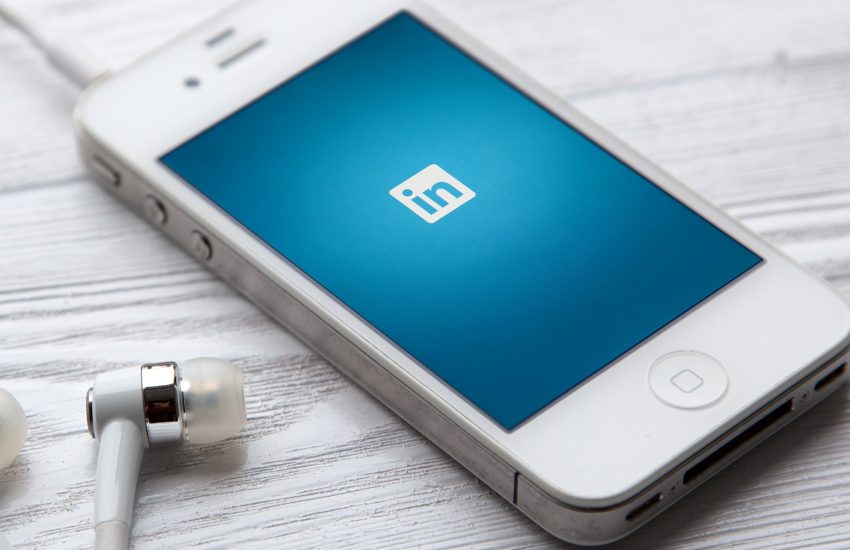Marketers will be able to target LinkedIn users based on their web browsing and email addresses sooner than expected.
LinkedIn is officially rolling out its Matched Audiences program, starting today, so that by the end of this week all advertisers, including those using LinkedIn’s self-serve ad-buying platform, will have access to the new ad-targeting options.
Last month I reported that LinkedIn had slated the rollout for November 2017, based on a leaked presentation published to LinkedIn’s ad sales site. That presentation was a draft document, so it had the wrong timeline, said Irina Skripnik, senior product marketing manager for LinkedIn’s Marketing Solutions division.
Matched Audiences is an umbrella program that covers the Microsoft-owned, business-centric social network’s spin on ad-targeting options offered by Facebook, Google, Twitter, Pinterest and others that let marketers target people with ads on a platform using data gathered via that platform, like people’s email addresses or the websites they’ve visited.
The major difference between LinkedIn’s version and all the others is that LinkedIn’s ads appear where people are looking to do business, while elsewhere the ads can appear between pictures of friends’ babies or amid political rants. And since LinkedIn will consider the primary and secondary email addresses attached to people’s profiles — one of which may be their personal email and the other their work email — there’s a higher likelihood that business-to-business marketers will hit their target audience.
Matched Audiences rolls up three types of ad targeting: 1) retargeting people who visited a brand’s website (website retargeting); 2) targeting people based on their email addresses, including contact lists stored on Eloqua, Liveramp and Marketo (contact targeting); and 3) targeting people based on the companies they work for (account targeting). The account targeting option was originally introduced in March 2016, but only for advertisers buying directly through LinkedIn’s sales team; it’s now being made available through its self-serve ad-buying platform.
Marketers can use these targeting options to aim the Sponsored Content posts that appear in people’s feeds — including the new lead generation ones — or the Sponsored InMail messages that pop up in their inboxes. They can also be used for IAB-standardized text ads and LinkedIn’s dynamic ads that pull information from people’s LinkedIn profiles into the ads, though the latter ad format is only available when buying ads directly from LinkedIn’s sales team.
LinkedIn has been testing the ad-targeting options over the past six months with more than 370 advertisers across more than 2,000 campaigns. “This has been one of the highest-in-demand pilots we’ve had to date,” said Skripnik.
On average, advertisers using website retargeting saw a 30 percent increase in click-through rate (CTR) and a 14 percent increase in cost per conversion (CPC) for people who clicked on their ad. Those using account targeting saw a 32 percent increase in CTR and a 5 percent decrease in post-click CPC. And the roughly 100 campaigns that used contact targeting saw a 37 percent increase in CTR; the single-month pilot of contact targeting didn’t provide enough of a sample to measure the impact of post-click CPC.
Advertisers can get super-specific with their targeting, since the Matched Audiences options can be used together and with LinkedIn’s standard targeting options, like people’s location, job title, seniority level, gender and age. But “can” does not mean “should.” During the testing phase, advertisers who used the Matched Audiences options and limited their use of additional targeting options saw the best results, said Skripnik.
While advertisers may not want to get too specific about who they want to see their ads, to the point of very few people seeing their ads, they can also use the new targeting options to specify who they do not want to see their ads. For example, an advertiser may want to advertise to people at certain companies to fill out a lead-gen form. But that advertiser wouldn’t want to annoy the people at those companies for whom it already has their contact info. So it could use LinkedIn’s account targeting to aim the lead-gen ads at certain people and its contact targeting to make sure the ads avoid annoying others.
About The Author

Popular Stories

